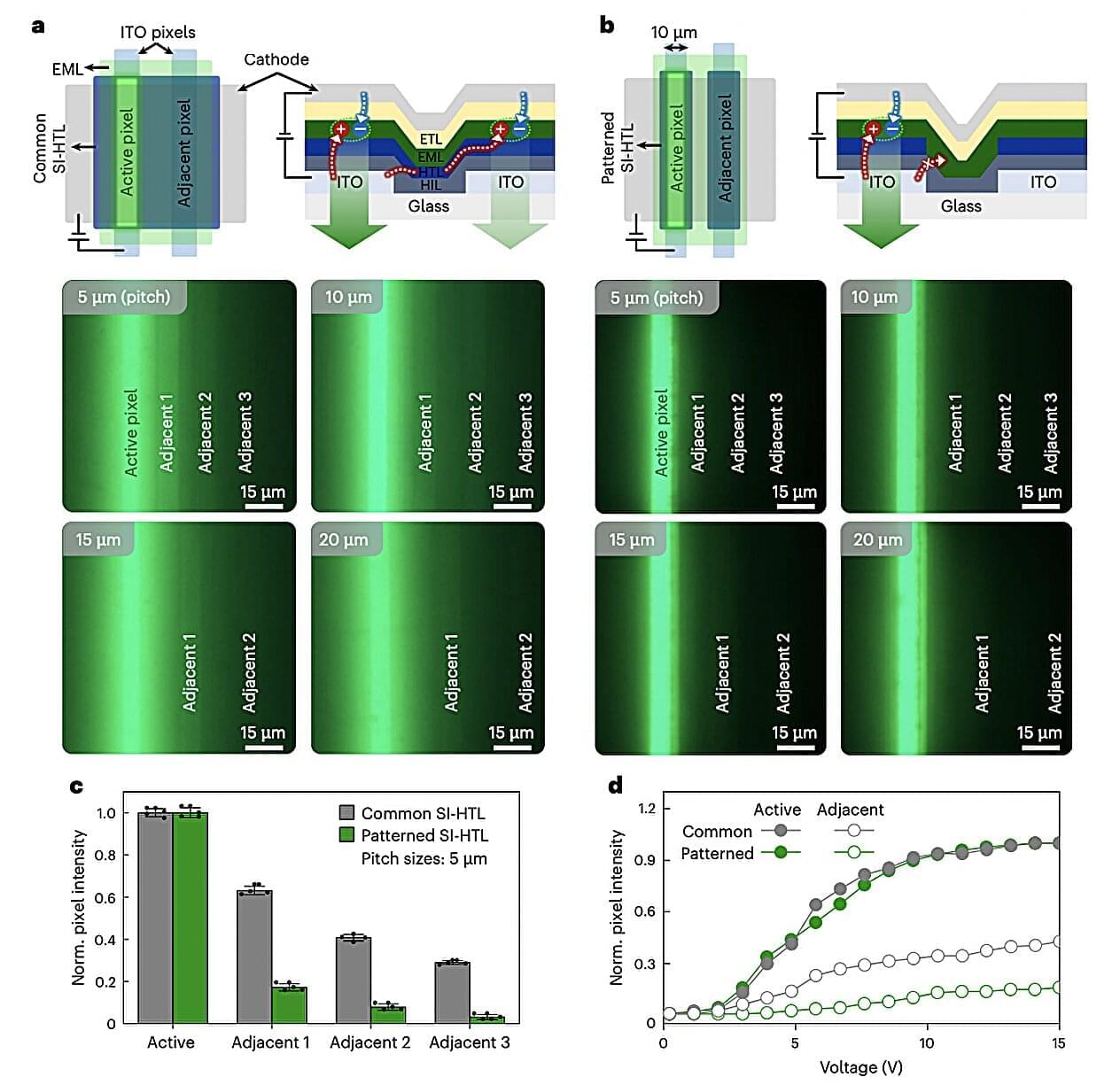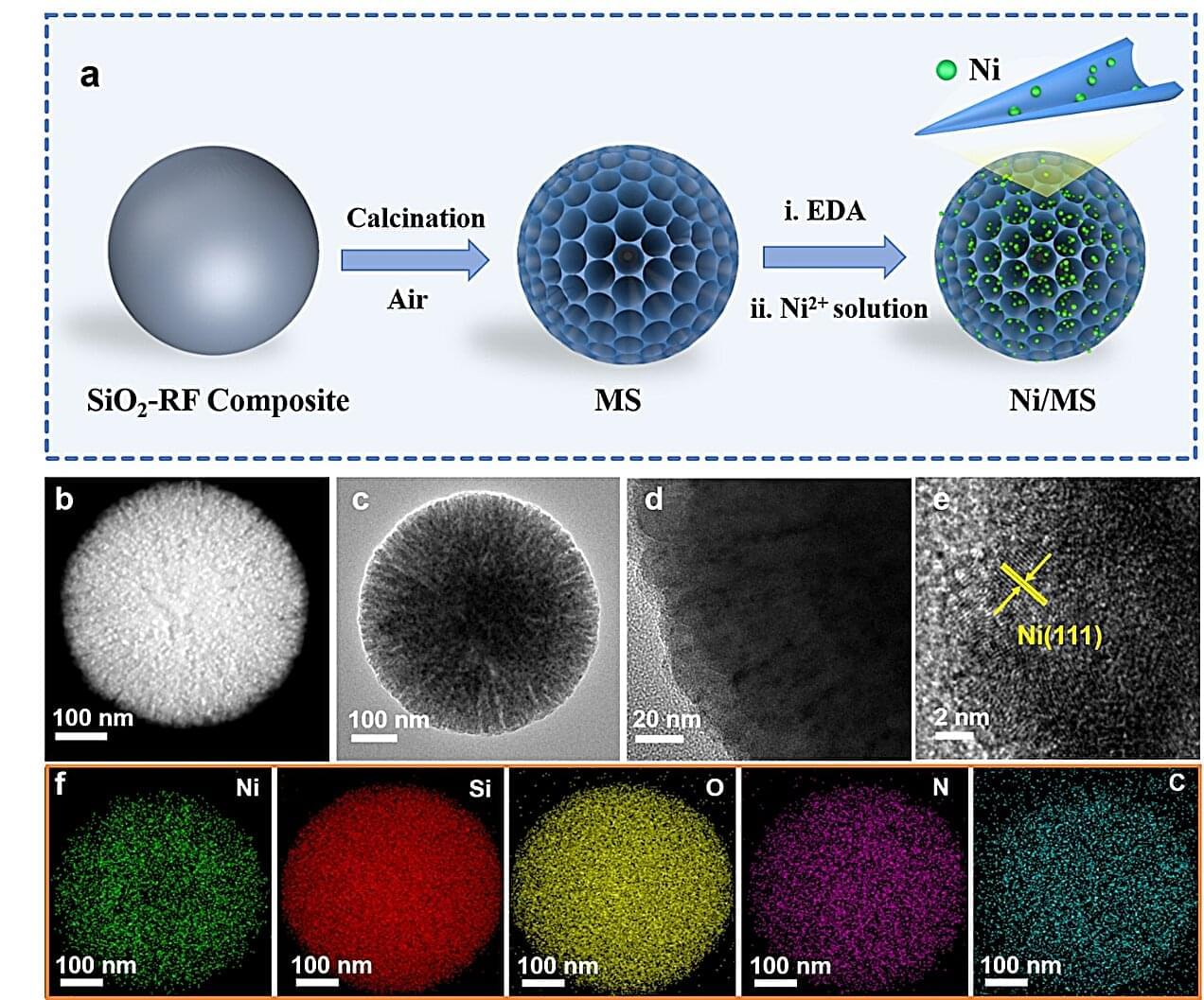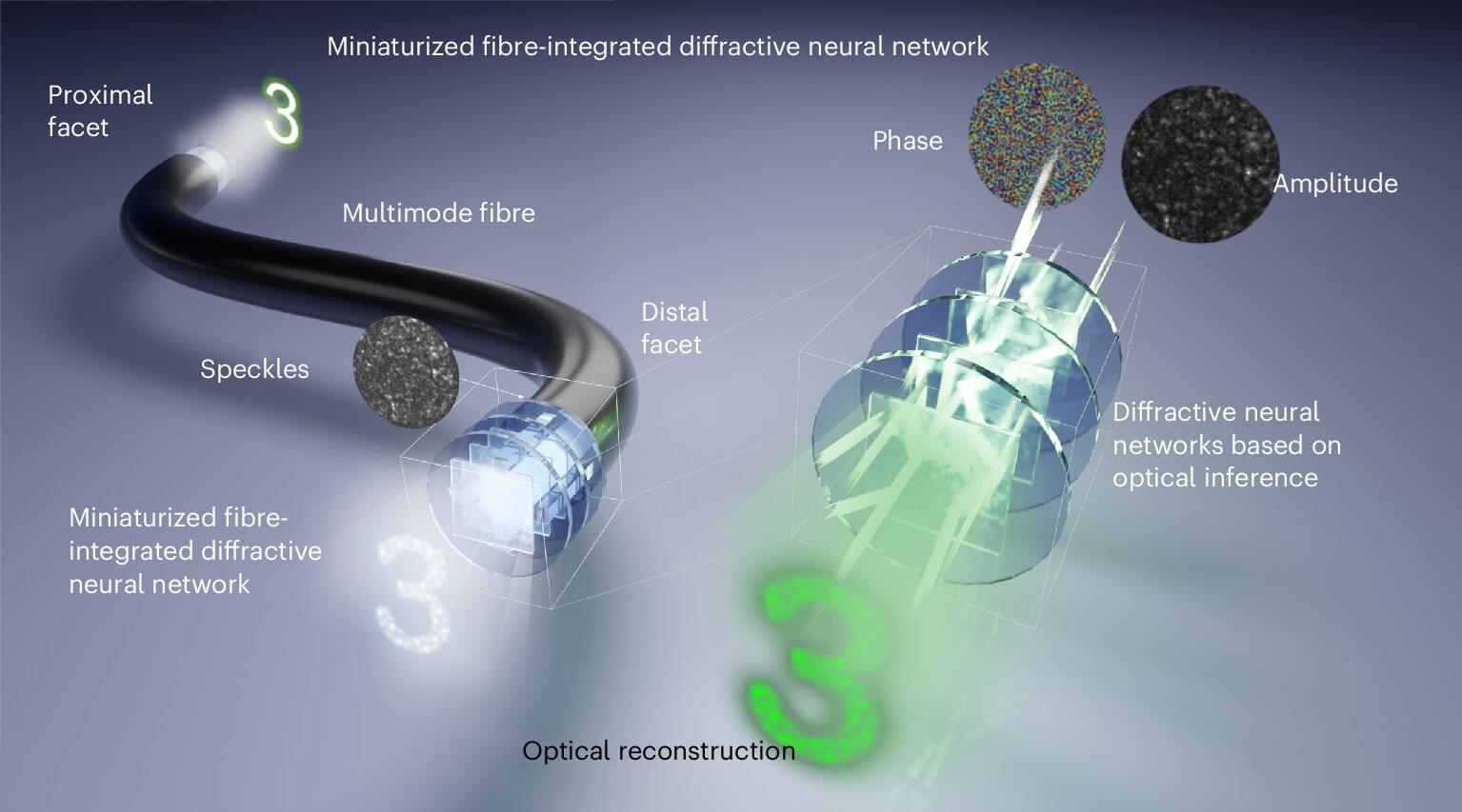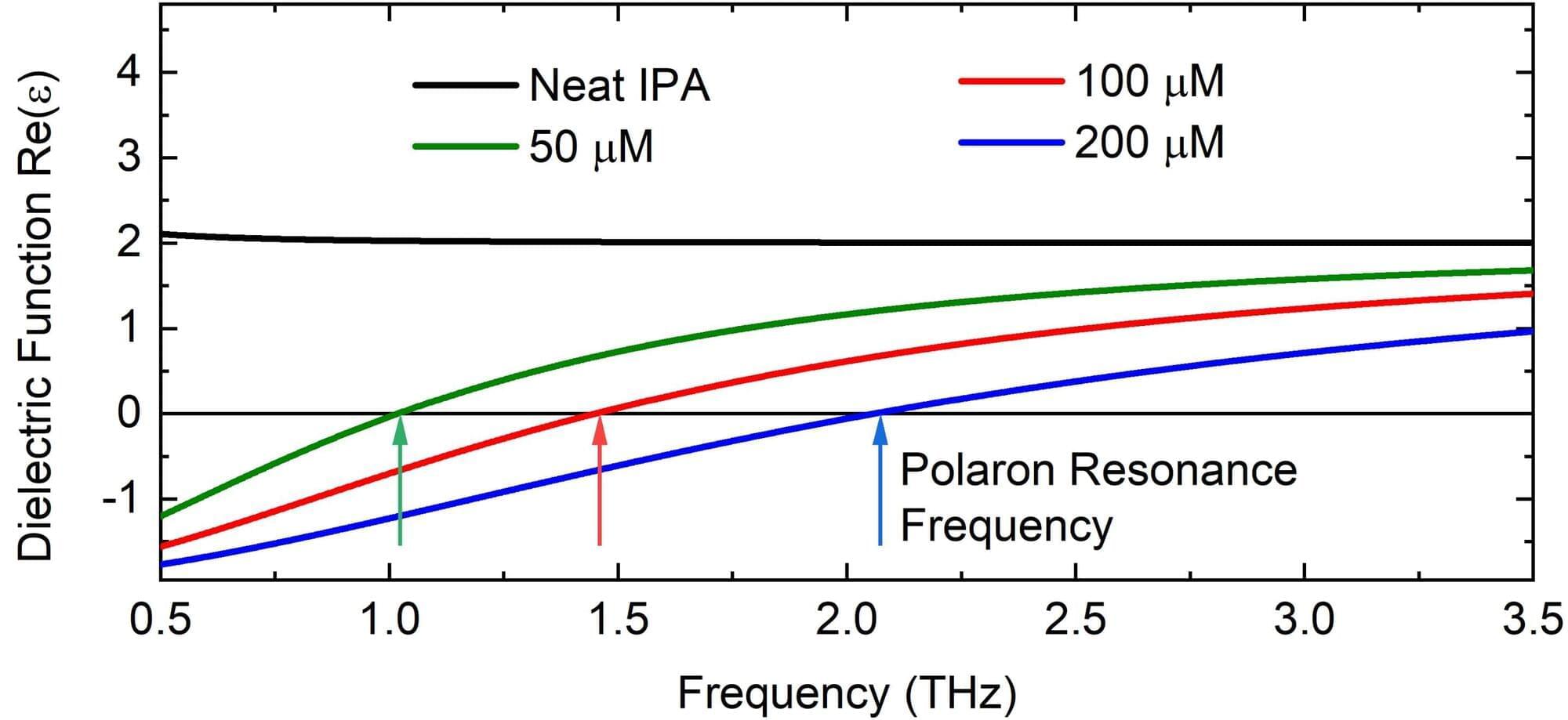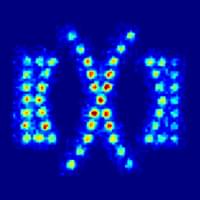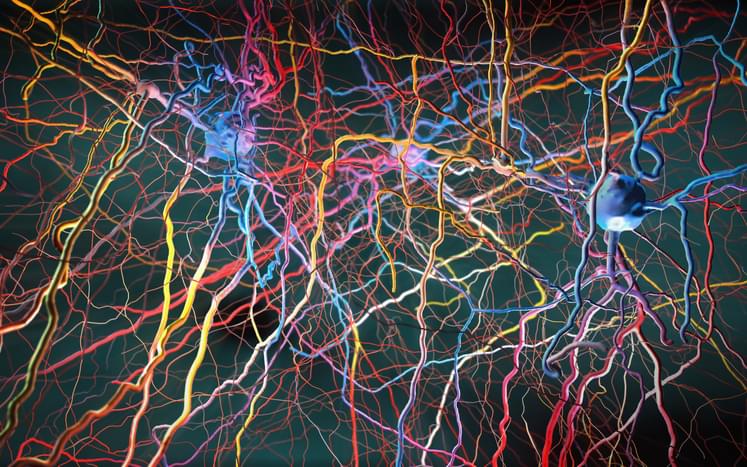Researchers at the University of Liège (Belgium) have uncovered a previously unknown mechanism that regulates the immune response against parasites. During a parasitic infection, specific immune cells, known as virtual memory T cells, become activated and express a surface molecule called CD22, which prevents an excessive immune reaction. This discovery could help in better-controlling inflammation and improving immune responses to infections.
The findings are published in the journal Science Immunology.
Nearly a quarter of the world’s population is infected by helminths, parasitic worms that establish themselves in the intestine for extended periods. In response to these invaders, the immune system deploys complex defense strategies. In their recent study, the researchers revealed a previously unsuspected mechanism that regulates the activation of certain immune cells: CD8+ virtual memory T cells (TVM).
